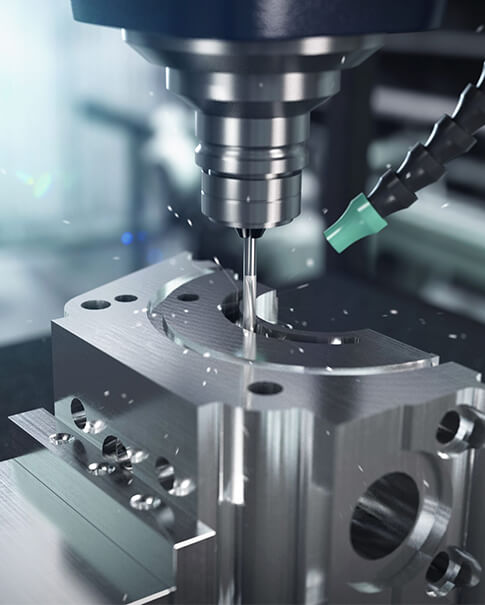
CNC (Computer Numerical Control) machining technology, with its advantages of high precision, high efficiency, and automation, has become a core part of the global manufacturing industry. From its initial single-function use to today’s multi-dimensional machining, the development of CNC technology has driven progress in many industries, especially in aerospace, automotive, medical, and precision equipment sectors. With the continuous advancement of technology and changes in market demand, CNC machining is evolving towards more intelligent and efficient directions.
This article will delve into the latest technological advancements in CNC machining, industry application trends, and future development directions. It aims to help you understand the cutting-edge dynamics of CNC technology and provide a reference for future production and investment decisions.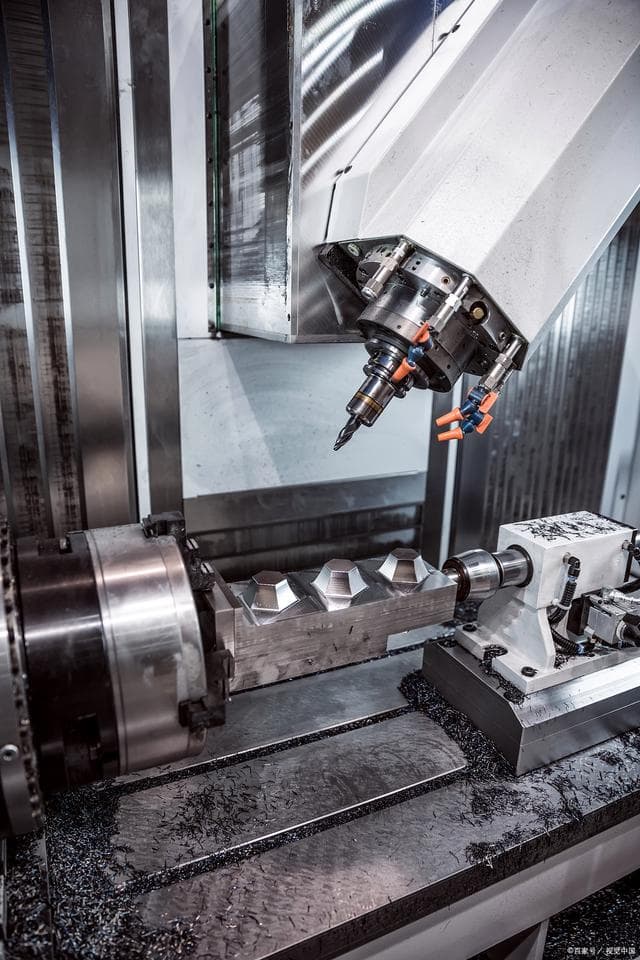
With the continuous development of digitalization and automation, CNC machining technology has made significant progress. Below are some key technological advances:
Traditional three-axis CNC machines can only process in three directions: X, Y, and Z. However, five-axis CNC machines add two rotational axes, allowing for more complex machining tasks. Five-axis machines can cut from multiple angles simultaneously, enabling the machining of complex geometries, reducing fixture adjustments, and improving machining precision and efficiency.
For instance, in the aerospace industry, five-axis CNC machines are widely used for machining complex engine components and fuselage structures. The popularity of this technology has enabled mass production of high-precision, complex parts, significantly improving product quality and production efficiency.
The emergence of high-speed CNC machines has greatly increased machining speed. By increasing spindle speed and feed rate, machining time can be significantly reduced, while achieving finer surface finishes. At the same time, the development of high-precision technology has continuously improved the machining accuracy of CNC machines, even achieving micron-level precision.
High-speed machining technology is particularly suitable for mold manufacturing and precision part processing, improving both production efficiency and accuracy.
With the advancement of Industry 4.0, CNC machining is moving toward more intelligent and automated systems. Smart CNC machines are equipped with advanced sensors and adaptive control systems, capable of monitoring parameters such as temperature, vibration, and pressure in real-time. The system can automatically adjust processing parameters to ensure machining quality.
Moreover, the introduction of automation systems allows CNC machines to achieve unmanned production, reducing human intervention, lowering production costs, and improving efficiency. For example, automated robotic arms can handle workpiece loading and unloading, greatly reducing labor costs.
The combination of additive manufacturing (3D printing) and CNC machining is emerging as a new production model. Additive manufacturing builds complex-shaped parts layer by layer, while CNC machining is used for precision finishing of these parts. By combining these technologies, the advantages of both can be effectively utilized to improve production efficiency and precision.
This hybrid technology holds great potential in fields like aerospace and medical devices, enabling the manufacture of more complex and lightweight parts.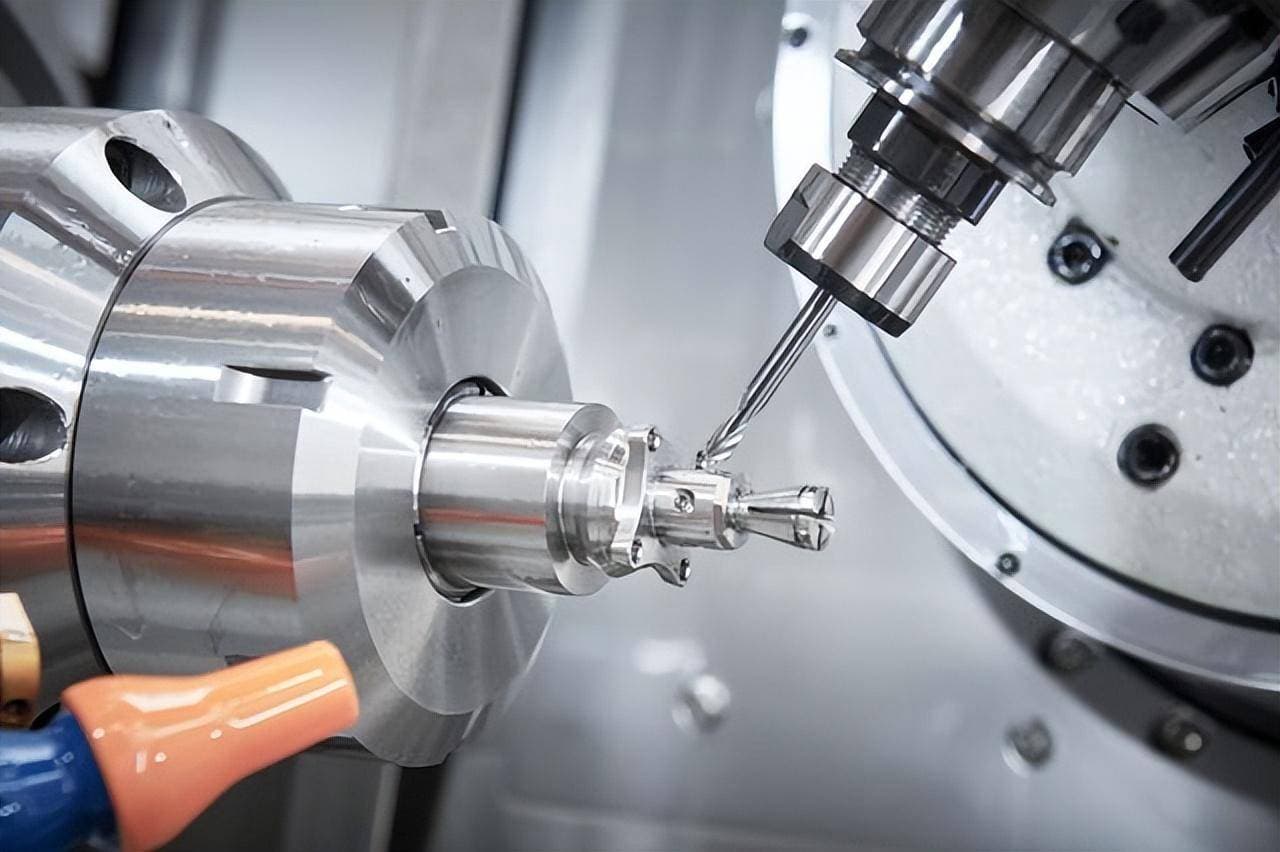
As CNC technology matures, the needs of various industries are changing. Below are the application trends of CNC machining in major industries:
The aerospace industry has extremely high requirements for CNC technology, particularly in the machining of high-precision and high-strength materials. As the design of aerospace vehicles and engine parts becomes increasingly complex, the application of five-axis and high-speed machining technologies is becoming more widespread.
For example, turbine blades, complex internal chambers of combustion chambers, and fuselage components typically require machining with five-axis CNC machines. These high-precision, complex parts require CNC machines with exceptional stability and precise control capabilities.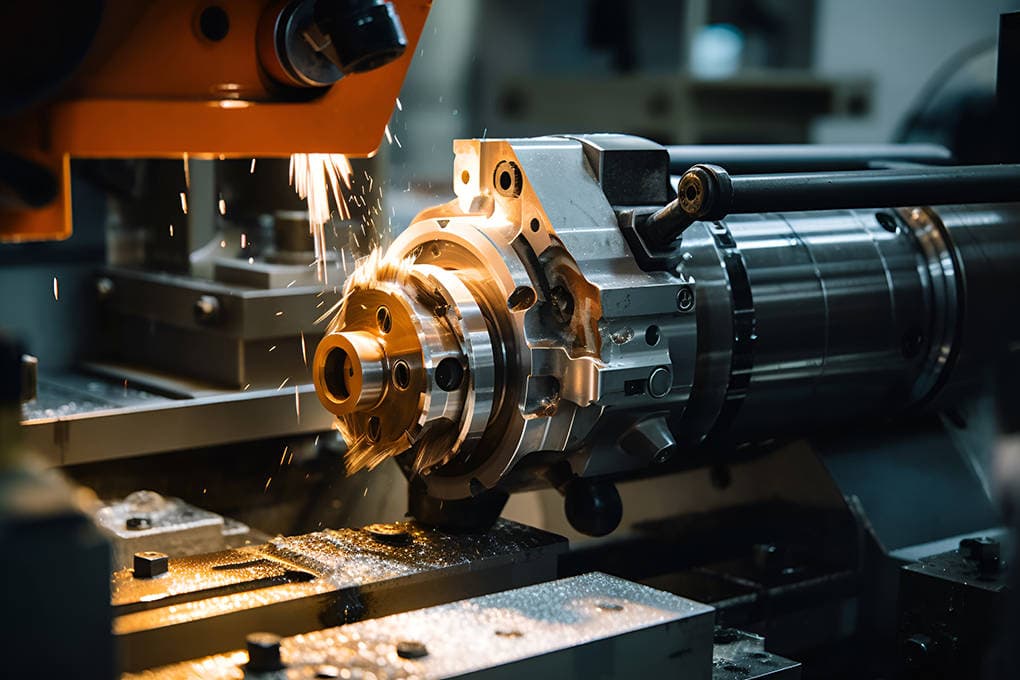
As the automotive industry shifts toward electrification, intelligentization, and lightweighting, CNC technology’s application in automotive manufacturing is also expanding. Traditional automotive components, such as engine blocks and body parts, still rely on high-precision CNC machining. However, with the rise of electric vehicles, the use of lightweight materials like aluminum is increasing, which presents new challenges for CNC machines.
To meet the demands of electric vehicle production, CNC machines need to have higher processing speeds, better material adaptability, and more efficient automation capabilities. Additionally, as vehicles become more intelligent, CNC machining is being integrated with smart manufacturing systems and automated production lines.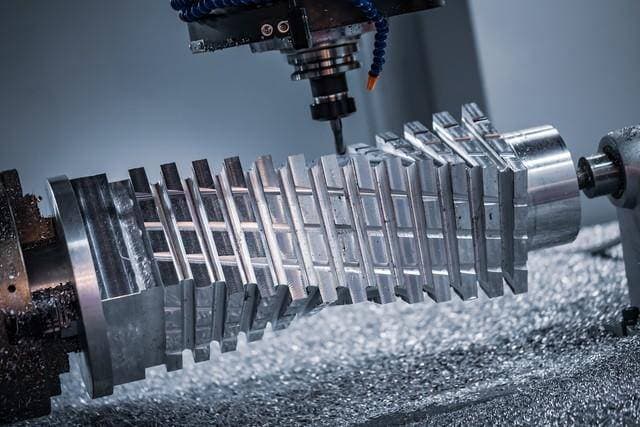
The medical device industry’s demand for CNC machining is primarily focused on the production of precision components such as artificial joints, orthopedic implants, and surgical instruments. These products require extremely high dimensional accuracy and surface finish, which CNC machining technology can readily provide.
With the rise of personalized and customized medical devices, CNC machining will face more small-batch and diversified production requirements. To adapt to this trend, CNC machines will need to be more flexible and intelligent, quickly adjusting machining parameters to accommodate different specifications and shapes of medical products.
Mold manufacturing is a traditional area of CNC machining technology application, and as industrial demands increase, the requirements for CNC machines in the mold industry are also rising. High-precision and high-speed CNC machines can achieve more complex and detailed machining, especially in the fields of plastic molds, die-casting molds, and stamping molds.
As material technology continues to advance, more high-hardness materials are being used in mold manufacturing, which requires CNC machines to have higher wear resistance, machining precision, and cutting performance.
In the future, CNC machining will increasingly rely on digital and intelligent technologies. By integrating more sensors and smart algorithms, CNC machines can achieve more efficient and precise automatic adjustments, further improving production efficiency and reducing human intervention.
With the integration of big data and artificial intelligence, CNC machining process monitoring and forecasting will become even more intelligent. For example, through machine learning, CNC machines will be able to autonomously learn machining patterns, predict potential issues, and make adjustments ahead of time.
Environmental protection and sustainability have become key trends in global manufacturing. The CNC machining industry is also transitioning toward green manufacturing. By using eco-friendly materials, reducing waste, lowering energy consumption, and improving resource efficiency, CNC machining will develop in a more environmentally friendly direction.
For instance, many CNC machines are now equipped with energy-saving technologies that automatically adjust power based on actual processing conditions, reducing unnecessary energy consumption. Moreover, the combination of additive manufacturing and CNC can help reduce material waste, further advancing green manufacturing.
In the future, CNC machining will increasingly rely on collaboration between robots and automated systems. Robots can not only transport workpieces between machines but also perform complex tasks alongside CNC machines, greatly enhancing flexibility and efficiency on the production line.
For example, automated CNC systems equipped with robotic arms can autonomously handle tasks such as workpiece loading/unloading, measurement, and quality inspection, achieving true unmanned production.
CNC machining technology is continuously evolving. With the development of five-axis machining, high-speed processing, and intelligent manufacturing, CNC machines are improving in terms of production efficiency, machining precision, and application scope. Whether in aerospace, automotive, medical, or mold manufacturing industries, CNC technology is playing an increasingly important role.
In the future, as Industry 4.0 advances, CNC machining will become more intelligent, automated, and eco-friendly, driving the manufacturing industry toward more efficient and sustainable practices. For businesses, staying on top of technological developments and continually optimizing production processes will be key to enhancing competitiveness.